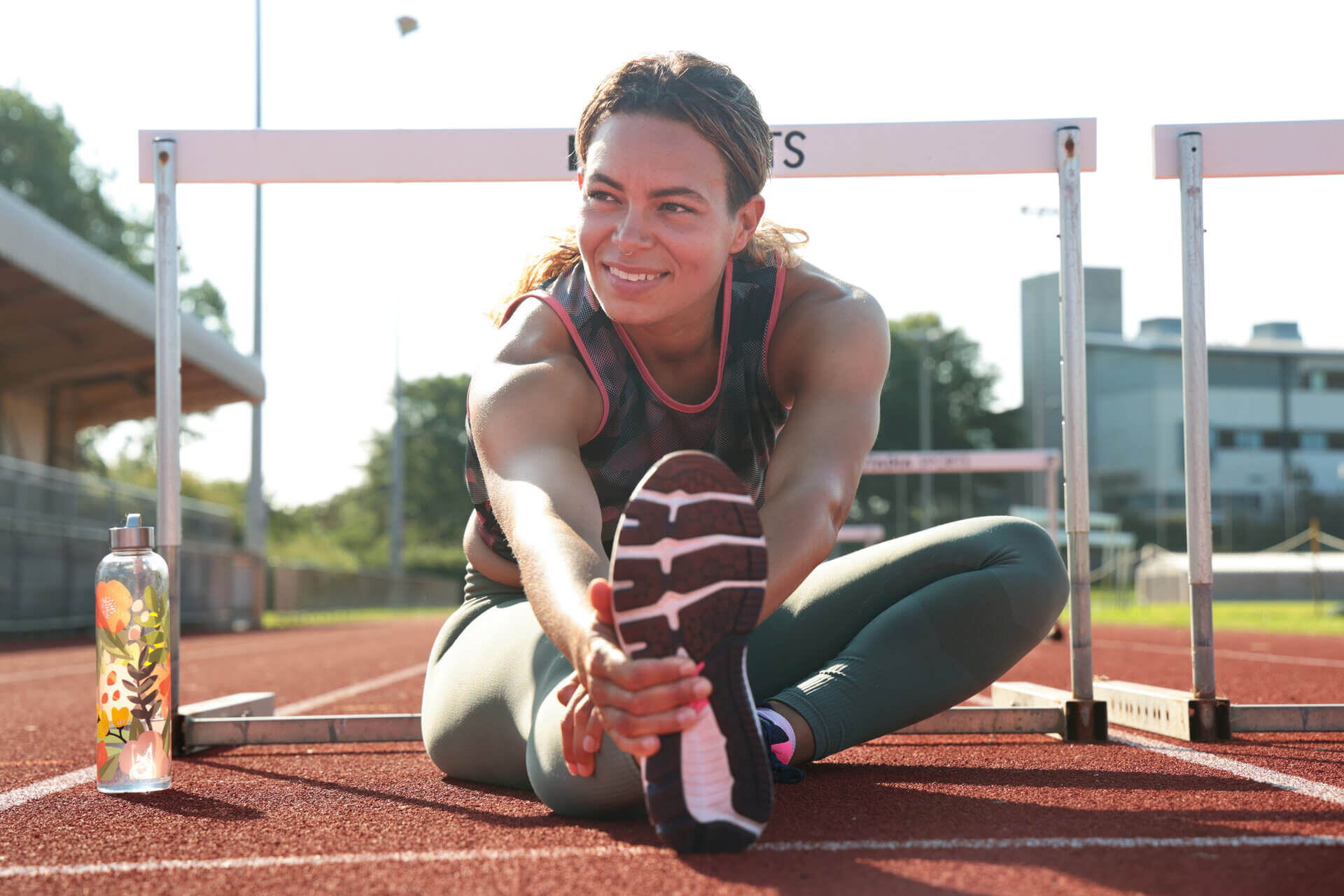It is a myth that pelvic health issues such as urinary incontinence are only experienced by the elderly.
Continence and pelvic health physiotherapists see people of all ages and degrees of fitness.
This may include the seemingly fittest and strongest such as our Olympic athletes.
We are all full of admiration for our Olympic athletes.
We watch the amazing things which they can do with their bodies; how fast they can move, how high they can jump, the control and grace with which they can move.
We also acknowledge the hours of training and sacrifices which must be made in order to achieve such feats.
However, just like the rest of us, our athletes need to have well-functioning pelvic floor muscles which will work together in harmony with the outer visible muscles.
The pelvic floor muscles are part of what is commonly referred to as our inner ‘core’.
They should work with our deeper trunk muscles in response to pressure changes as we move our bodies, whether it be through normal activities of daily living or with athletic pursuits.
The pelvic floor muscles sit at the base of the pelvis and have a role in continence – both urinary and anal continence, as well as a role in supporting the abdominal and pelvic organs.
Leakage from the bladder or bowel are signs that the pelvic floor muscles may not be working optimally.
Stress urinary incontinence is perhaps the most widely known type of leakage, which is when leakage of urine occurs with coughing, sneezing or laughing, or with higher impact exercises involving bouncing and jumping.
Similarly, sensations of a bulge or lump in the perineum or vagina, or heaviness or dragging in this area may be indicative of a pelvic organ prolapse and lack of support in this area.
You might think that people who may be experiencing symptoms of leakage or heaviness simply need to improve the strength, of their pelvic floor muscles and while this may be the case, it also may not…
Just to make things more complicated, not all pelvic floor problems require the muscles to simply get stronger.
Sometimes the pelvic floor muscles are holding too tightly and have difficulty relaxing.
This may be associated with pelvic pain, and women may experience pain with vaginal examinations such as a pap smear, difficulties inserting tampons, or pain with sexual intercourse.
Other problems may include difficulties with starting a void, slow stream, feelings of needing to strain with voiding or bowel movements, or even incomplete emptying.
So, getting back to our Olympic athletes, their pelvic floor muscles may need to be stronger than those of the everyday person, particularly for those competing in a sport that involves heavy lifting and high impact, however, the ability to be able to relax is still very important.
Sometimes elite athletes may have great difficulties in learning how to relax these muscles as they may be contracting them strongly for long periods of time, often without even realising, particularly if they are performing very strong core-based exercises.
For those who are unsure whether they are activating their pelvic floor muscles correctly, have difficulty relaxing the muscles after a contraction, or are experiencing any of the above signs or symptoms, then consulting a continence and pelvic health physiotherapist is recommended.
This will ensure a thorough assessment and then an individualised management program can be commenced.

